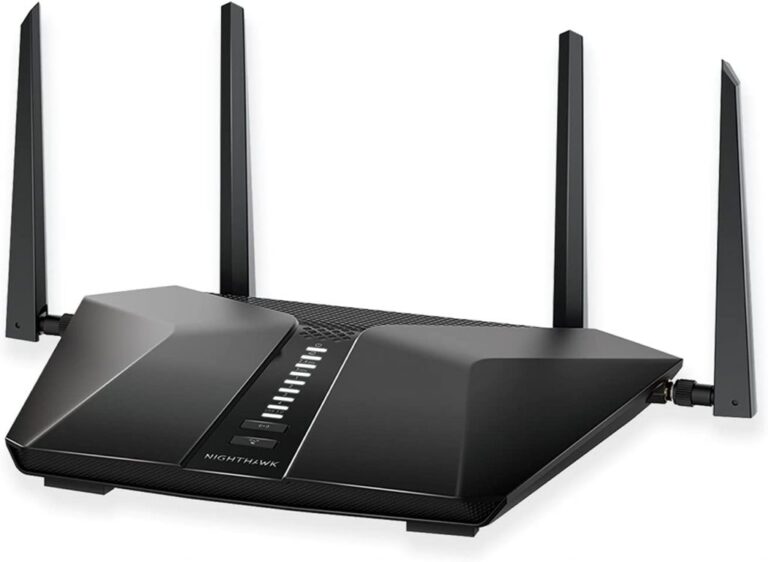Can Augmented Reality Be Used On Websites?
Augmented reality (AR) is a technology that has been gaining traction in recent years due to its ability to blend the physical and digital worlds. It has been used in a variety of applications such as gaming, education, and entertainment. But can it also be used on websites? The answer is yes. AR can provide an immersive experience on a website, allowing users to interact with the content in a way that traditional webpages cannot. AR can be used to provide visual enhancements, interactive elements, and even personalized experiences. With the right tools and strategies, websites can leverage AR to make their platforms more engaging and enhance the user experience.
What is Augmented Reality (AR)?
Augmented Reality (AR) is a technology that superimposes virtual elements onto the real world. It combines the physical world with virtual objects, such as 3D models, virtual characters, sounds, and more. AR is used in a variety of applications, from entertainment to education to medical and more. AR can be used to provide immersive and interactive experiences for users, allowing them to engage with the environment around them in a more meaningful way. By combining the physical world with the virtual, AR can create a truly unique and engaging experience.
Benefits of Using AR on Websites
The use of Augmented Reality (AR) on websites is becoming increasingly popular. AR technology enables users to interact with digital content in a more immersive and engaging way. This technology allows users to explore a website in a 3D environment, providing them with a more realistic experience than traditional websites. There are several benefits of using AR on websites, such as:
1. Improved customer engagement: AR provides a more interactive experience to customers, allowing them to explore websites more freely and with greater engagement.
2. Enhanced customer experience: By allowing customers to engage and interact with a website in a 3D environment, AR offers a much more immersive and enjoyable experience.
3. Increased usability: AR technology makes websites easier to use and navigate, reducing the amount of time and effort it takes for customers to find the information they are looking for.
Overall, the use of AR on websites offers an improved and enhanced experience for customers, making it a great way to increase engagement and usability.
Challenges of Using AR on Websites
Augmented Reality (AR) is a powerful tool that can be used to enhance user experiences on websites. However, it is important to consider some of the challenges that come with implementing AR on website platforms. For example, the complexity of AR makes it difficult to integrate with existing web technology, which can increase development costs. Additionally, the user’s device may not be compatible with the necessary software to run the AR, which can lead to frustration. Furthermore, AR technology is relatively new and can be unreliable, which may lead to a negative user experience. Despite these challenges, AR can offer a unique and exciting way to engage website visitors, as long as the technology is properly implemented and tested.
Examples of Websites Using AR
Augmented Reality (AR) is quickly becoming a popular and innovative way to engage users and deliver unique experiences. AR can be used to provide stunning visuals, immersive interaction, and engaging content, making it a powerful tool for websites. Examples of websites using AR include social media platforms, e-commerce sites, travel sites, and more. Social media sites like Instagram and Snapchat have implemented AR in their apps to create interactive filters, allowing users to customize their photos and videos. E-commerce sites like Amazon are using AR to allow customers to view products in 3D, giving them a better idea of what they’re buying. Travel sites like Expedia are using AR to provide virtual tours of popular destinations, giving users the chance to explore before they book. AR can be a great way to engage users and provide unique experiences, so if you’re looking to stand out from the competition, consider incorporating AR into your website.
Potential Future Uses of AR on Websites
Augmented Reality (AR) is a fast-growing technology that has the potential to revolutionize the way we interact with websites. AR can be used to create virtual elements that can be interacted with in real-time. This means that websites could be used to display 3D models, provide interactive tutorials, or even create virtual shopping experiences. AR also has the potential to deliver more engaging and immersive experiences for users, and could be used to create interactive stories or games. AR could also be used to provide more personalized content, such as product recommendations or tailored advertisements. Ultimately, the potential of AR on websites is vast, and its use could revolutionize the way we use the internet.
Tips for Implementing AR on Websites
Augmented reality (AR) is a powerful tool that can be used to enhance user experience on websites. By leveraging AR, websites can give users a unique and immersive experience, allowing them to interact with and explore content in a new way. Here are some tips for implementing AR on websites:
1. Choose an AR platform: Start by selecting the right platform to host and manage your AR content. Consider factors such as compatibility with your website, cost, and features.
2. Create engaging content: Develop content that will capture users’ attention and engage them in the AR experience.
3. Integrate smoothly: Ensure that your AR content is seamlessly integrated with your website so that users can easily access and interact with it.
4. Test and iterate: Test your AR content to ensure it functions properly and make updates as needed.
By following these tips, you can create an engaging AR experience for your website’s users, giving them an immersive and interactive experience they won’t forget.
FAQs About the Can Augmented Reality Be Used On Websites?
1. Is Augmented Reality compatible with all web browsers?
Yes, Augmented Reality can be used with any web browser that is HTML5 compatible.
2. Does Augmented Reality require a specific device or operating system?
No, Augmented Reality works with any device, regardless of the operating system or hardware.
3. Is Augmented Reality secure?
Yes, Augmented Reality is secure and its data is encrypted for added protection. Additionally, all user data is kept private and secure.
Conclusion
In conclusion, augmented reality can certainly be used on websites. Its potential for providing an engaging user experience and enhanced interactivity has already been demonstrated, and its use is likely to become more widespread in the years to come. Augmented reality can be used to create immersive experiences and to provide customers with more information about products, services, and other content. With the right implementation, augmented reality can be a powerful tool for website owners to engage their users and increase conversions.



